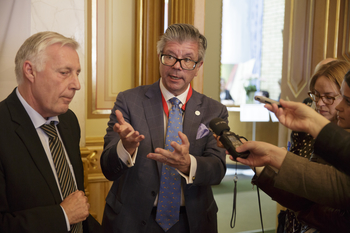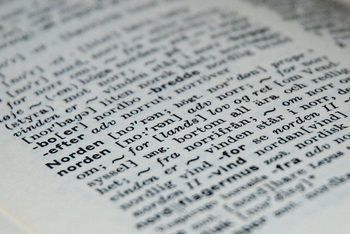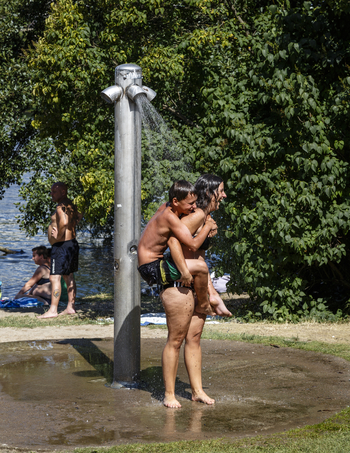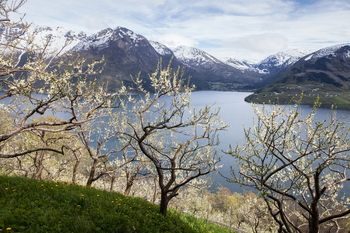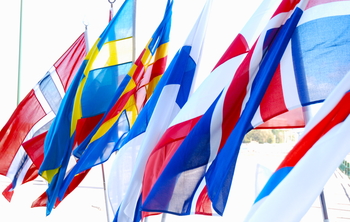Working life and the economy
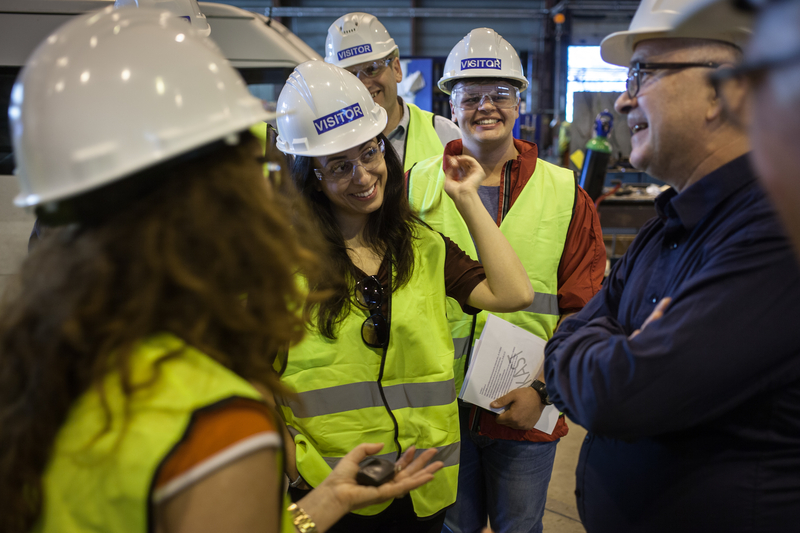
Free education lays the foundation for a highly skilled population with a broad range of competences, while world-leading levels of investment in research support the development of a modern, high-tech society. Employment levels are high in the Region, with women and older people in particular making a positive contribution. The wage gap is also generally low compared to other countries.
However, it was not until the aftermath of the economic crisis in 2009 that the Nordic Region really started to stand out in a global context. It soon became evident that the Nordic model of governance and welfare possessed the capacity to revitalise itself, and states the world over started to discuss whether our model could serve as a potential buffer and a stabilising factor in an increasingly uncertain global economy.
Security and innovation
The social security net also makes an important contribution to innovation in the Nordic Region – people take risks and think outside of the box because they know that it does not pose a threat to everything they have built up in life. There are several examples of big Nordic brands and products that are the result of individuals’ creativity and are now exported all over the world, e.g. Volvo, Ikea and Lego.
The Nordic countries are known for significant natural resources such as fish, hydro-electricity and oil (Norway). The Region is now focusing on sustainable technology solutions and working to transition from fossil fuels to more environmentally friendly alternatives. Striking a balance between economic growth and the conservation of natural resources remains high on the political agenda.
The Nordic model involves a public sector that provides citizens with welfare services and a social safety net. The labour market is highly regulated by collective bargaining agreements between employers and unions. Underpinned by robust national finances, this model has provided the ideal conditions for a high standard of living, high levels of employment and gender equality, as well as heavy investment in education and research.
Ultimately, the aim is to enhance quality of life and support the development of both the individual and society. Those who come here to work, conduct research or educate themselves soon discover the extent to which both the Nordic business community and society as a whole are geared towards providing opportunities for a work-life balance that supports both career development and social relationships.
Can the Nordic model survive?
Several recent academic papers and reports have suggested that the Nordic model is under pressure. The digital revolution, globalisation and the ageing population pose significant challenges for the labour market in the Region and for the Nordic welfare model.
Some of the countries have higher unemployment among young people and among the semi-skilled and unskilled. The small size of the Nordic countries limits opportunities for creating highly efficient and robustly competitive markets, which is something of an Achilles heel in terms of participation in the global market. The ageing population also means higher costs for health and welfare.
Some of the solutions to these challenges are to be found in the Nordic countries’ capacities for innovation and transformation of their labour markets. All of this makes freedom of movement – a more integrated Nordic market with fewer barriers to companies and people operating across borders – an important goal for Nordic co-operation.

